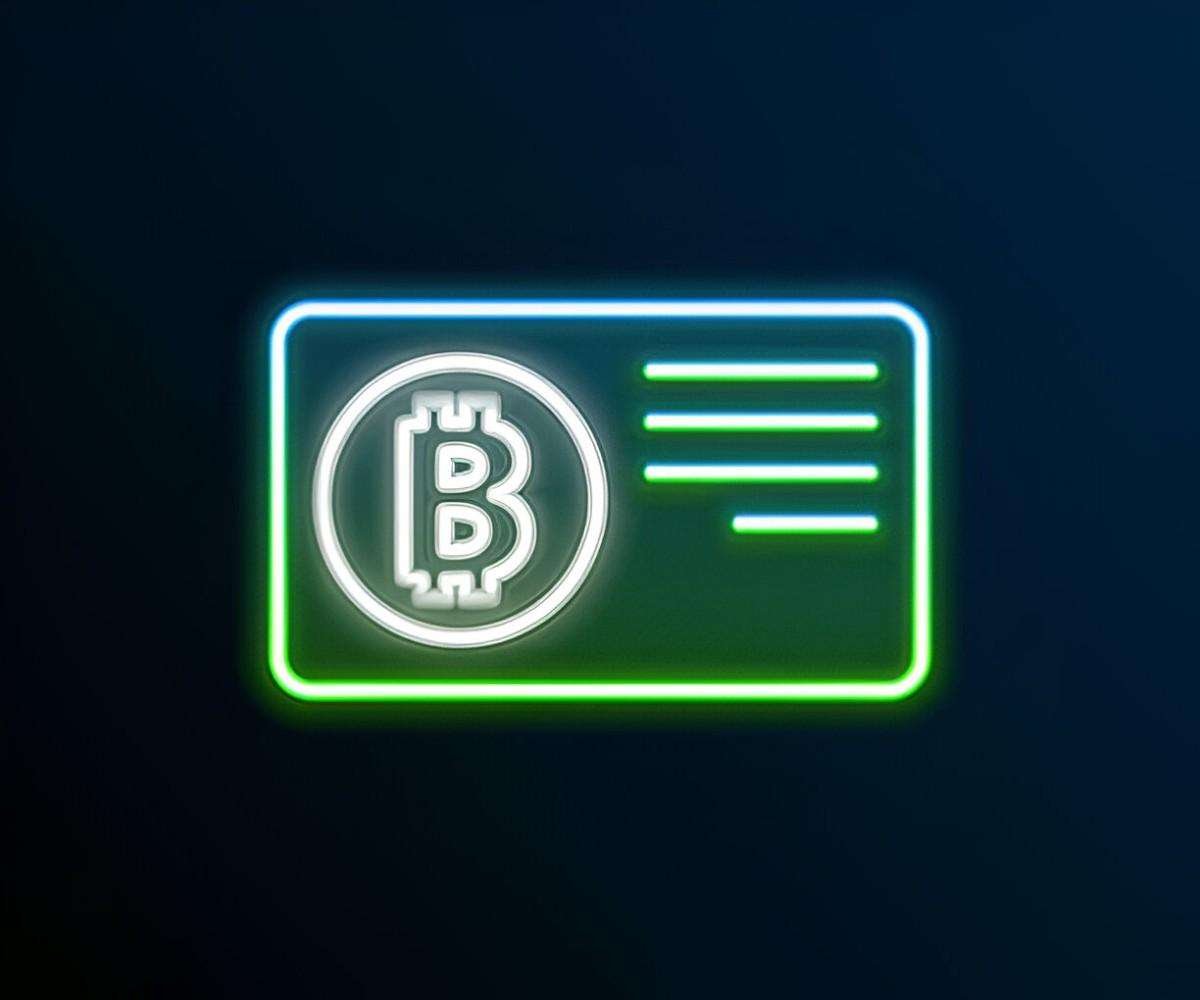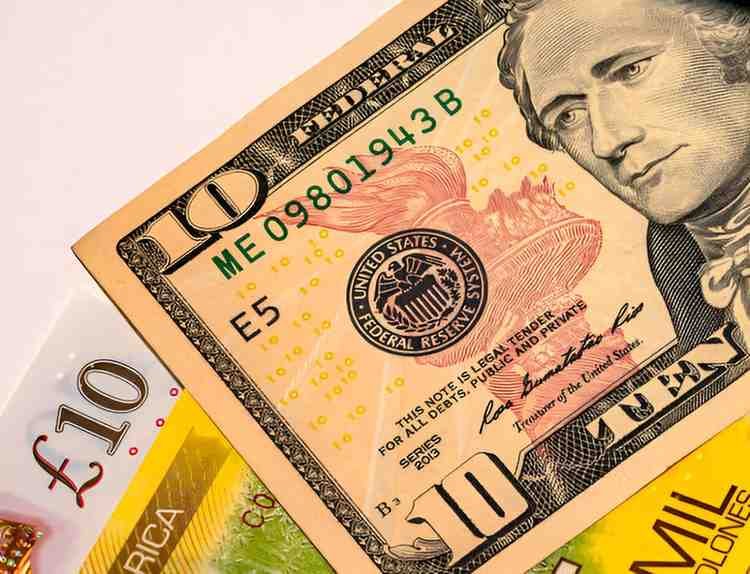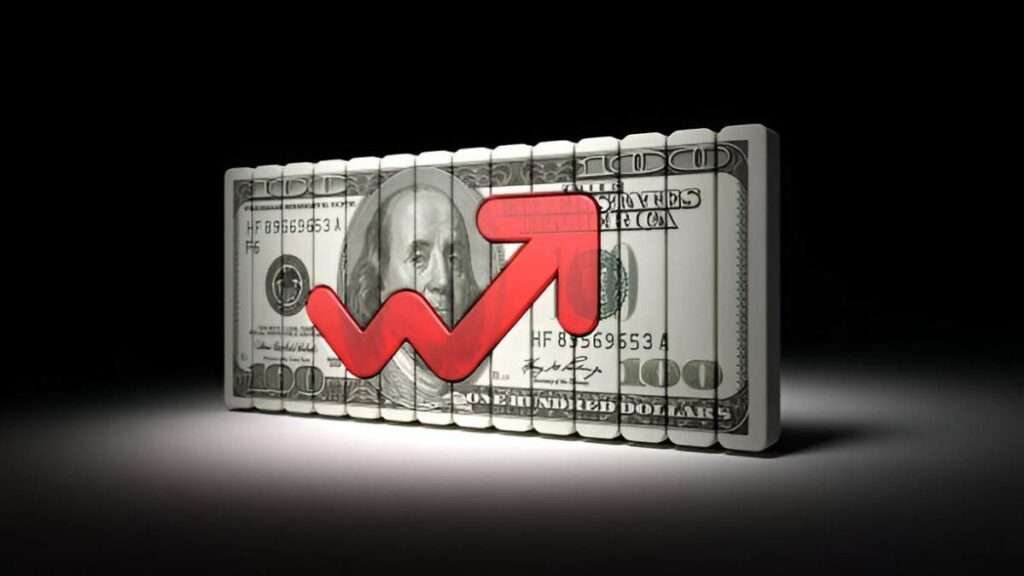Introduction
When traveling abroad or making international purchases, many debit and credit cards charge a foreign exchange (forex) markup fee. This fee typically ranges from 1% to 3% of the transaction amount. However, a 0 forex markup debit card eliminates this extra cost, making it a financially savvy option for frequent travelers and global shoppers. In this article, I will explore the mechanics of these cards, compare them with traditional options, and provide real-world examples to demonstrate their value.
Table of Contents
Understanding Forex Markup
Forex markup refers to the additional percentage financial institutions charge on top of the exchange rate when you transact in a foreign currency. This markup covers their operational costs and provides a source of revenue. Most traditional debit and credit cards apply this fee automatically, increasing the cost of international spending.
To illustrate, assume the following exchange rate:
- Official USD to EUR exchange rate: 1 USD = 0.92 EUR
- Typical forex markup of 3%
If I purchase an item for 100 EUR, the effective exchange rate applied by my bank would be:
\text{Effective Rate} = 0.92 + (0.92 \times 0.03) = 0.9476Thus, instead of paying $108.69 (100 EUR / 0.92), I would pay $105.56 with a 0 forex markup debit card.
Key Features of 0 Forex Markup Debit Cards
A 0 forex markup debit card offers:
- Real Exchange Rate – Transactions occur at the interbank rate, avoiding hidden markups.
- No Conversion Fees – Banks typically charge an additional conversion fee, which these cards waive.
- Lower ATM Withdrawal Fees – Some offer fee-free international ATM withdrawals.
- Multi-Currency Support – Some accounts allow holding multiple currencies to avoid conversion altogether.
- Enhanced Security – Many of these cards come with features like virtual cards and fraud protection.
Comparison: Traditional vs. 0 Forex Markup Debit Cards
| Feature | Traditional Debit Card | 0 Forex Markup Debit Card |
|---|---|---|
| Forex Markup Fee | 1%-3% | 0% |
| Interbank Exchange Rate | No | Yes |
| Additional Conversion Fees | Yes | No |
| ATM Withdrawal Fees | High | Low or None |
| Multi-Currency Support | Limited | Available in some cards |
Real-World Cost Comparison
Let’s compare the cost of spending $2,000 while traveling in Europe using a traditional debit card versus a 0 forex markup debit card:
| Expense | Traditional Debit Card (3% Markup) | 0 Forex Markup Debit Card |
|---|---|---|
| Exchange Rate (USD to EUR) | 0.92 | 0.92 |
| Effective Rate | 0.9476 | 0.92 |
| Amount in EUR Received | 1,894.73 | 1,923.08 |
| Extra Cost Paid | $60 | $0 |
Over a year, if I travel frequently and spend $10,000, I would save $300 just on forex markups alone with a 0 forex markup debit card.
How Banks and Fintechs Offer 0 Forex Markup Debit Cards
Financial institutions offering these cards rely on alternative revenue models:
- Subscription Fees – Some charge a small monthly or annual fee.
- ATM Withdrawal Limits – They may impose limits on fee-free ATM withdrawals.
- Merchant Fee Revenue – They earn from merchant transaction fees instead of forex markups.
Popular 0 Forex Markup Debit Cards Available in the U.S.
| Card Provider | ATM Fees | Multi-Currency Support | Notable Features |
|---|---|---|---|
| Charles Schwab | None | No | Unlimited ATM Fee Reimbursements |
| Wise Debit Card | Low | Yes | Real-time currency conversion |
| Capital One 360 | None | No | No foreign transaction fees |
| Revolut | Limited | Yes | Holds multiple currencies, exchange at interbank rates |
Limitations of 0 Forex Markup Debit Cards
While these cards are advantageous, they have some limitations:
- ATM Withdrawal Limits – Some impose monthly free withdrawal caps.
- Account Requirements – Some require maintaining a linked checking account.
- Foreign ATM Operator Fees – While the card issuer may not charge fees, local ATM operators might.
- Exchange Rate Volatility – While using interbank rates, real-time fluctuations still affect costs.
Best Use Cases for 0 Forex Markup Debit Cards
- Frequent Travelers – Ideal for those making regular international trips.
- Online Shoppers – Useful for purchases from foreign e-commerce sites.
- Digital Nomads – Professionals working remotely across borders benefit from currency savings.
- Students Studying Abroad – Reduces costs for tuition and daily expenses in foreign countries.
Final Thoughts
A 0 forex markup debit card can save money on international transactions by eliminating unnecessary fees. By using real-world exchange rates, these cards offer transparency and cost efficiency. However, it’s crucial to choose a card that aligns with personal spending habits, considering factors like ATM withdrawal policies, multi-currency capabilities, and account requirements. If you frequently deal with foreign currencies, switching to a 0 forex markup debit card is a practical financial decision.





